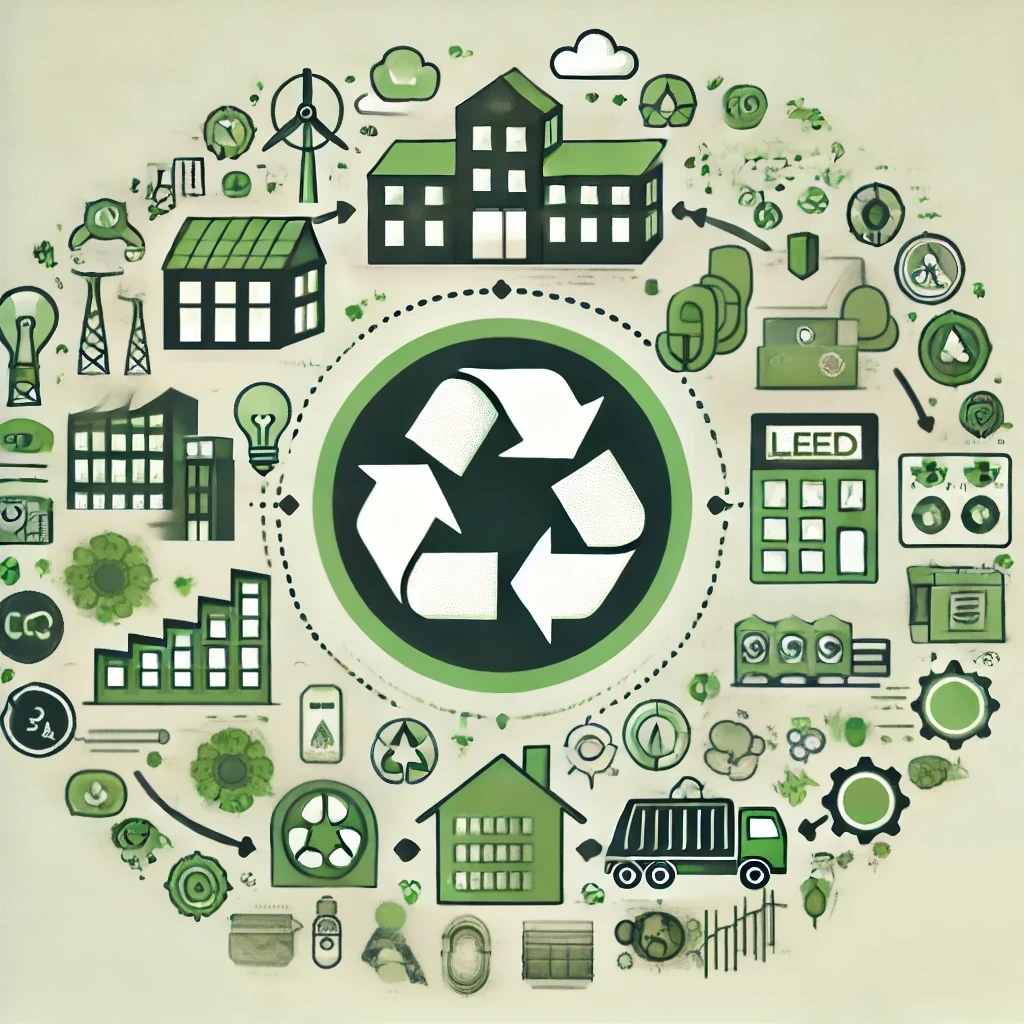In today’s environmentally conscious construction landscape, understanding the environmental impact of materials and products has become crucial. Stakeholders such as architects, engineers, developers, and manufacturers are turning to tools like Life Cycle Assessment (LCA) and Environmental Product Declarations (EPD) to measure and communicate sustainability performance. Although these terms are often used interchangeably, they serve distinct purposes within the green building ecosystem.
Understanding the differences between an EPD and an LCA is essential for selecting the right strategy to support compliance, transparency, and environmental responsibility.
What Is a Life Cycle Assessment (LCA)?
A Life Cycle Assessment (LCA) is a comprehensive analytical method used to evaluate the environmental impacts of a product, system, or process throughout its entire life cycle. This includes all stages, from raw material extraction and production to transportation, usage, and end-of-life disposal.
LCAs are typically used for:
Identifying environmental hotspots in production processes
Informing design improvements
Supporting internal sustainability strategies
Providing data for third-party certifications such as EPDs
LCA is conducted in accordance with standards such as ISO 14040 and ISO 14044, and it delivers detailed quantitative environmental impact data.
What Is an Environmental Product Declaration (EPD)?
An Environmental Product Declaration (EPD) is a standardized, third-party-verified document that communicates the results of an LCA in a format that is easily understood and publicly accessible. While an LCA remains largely an internal document, an EPD is meant for external communication, especially to demonstrate environmental performance to regulators, project owners, and certifying bodies.
EPDs are governed by standards such as ISO 14025, EN 15804, and ISO 21930, and are typically required for compliance with green building programs like:
LEED (Leadership in Energy and Environmental Design)
BREEAM (Building Research Establishment Environmental Assessment Method)
Mostadam (Saudi Arabia)
Estidama (Abu Dhabi)
Key Differences Between LCA and EPD
| Feature | Life Cycle Assessment (LCA) | Environmental Product Declaration (EPD) |
|---|---|---|
| Purpose | Internal analysis and environmental impact study | External communication and market transparency |
| Standards | ISO 14040, ISO 14044 | ISO 14025, EN 15804, ISO 21930 |
| Verification | Not required (can be internal) | Must be verified by an independent third party |
| Public Availability | Usually confidential or internal | Publicly published and registered |
| Output | Detailed impact assessment data | Summary of LCA data in a standardized format |
| Audience | Designers, engineers, sustainability teams | Clients, green building certifiers, regulators |
How LCA and EPD Work Together
An EPD cannot exist without an LCA. The LCA provides the foundational environmental data, while the EPD formats this information for transparent, verified communication. For manufacturers and suppliers aiming to participate in green building projects, the transition from LCA to EPD is a key step in demonstrating their environmental credentials.
Why the Distinction Matters in Construction
Understanding the distinction between these two tools helps construction professionals:
Select sustainable materials with confidence
Meet compliance requirements for green building certifications
Communicate environmental performance effectively
Avoid greenwashing by using verified, credible data
Conclusion: LCA and EPD as Complementary Tools
While the LCA provides the technical backbone, the EPD turns that information into a market-facing asset. Both play essential roles in sustainable construction and responsible product development. By investing in both LCA and EPD, companies can not only improve their environmental footprint but also strengthen their competitive advantage in global markets increasingly driven by sustainability and transparency.


